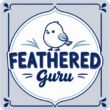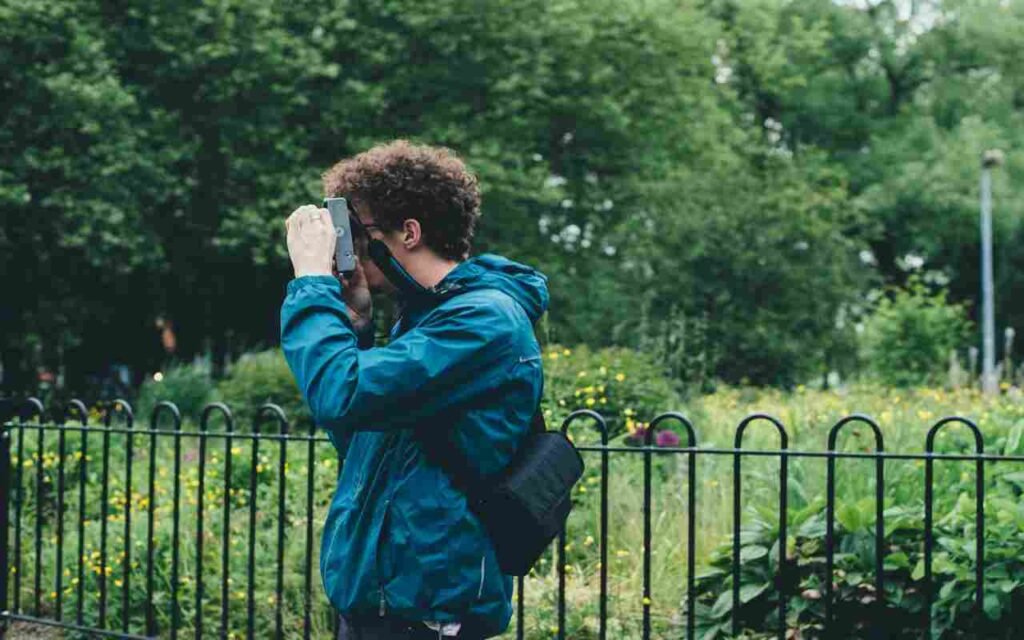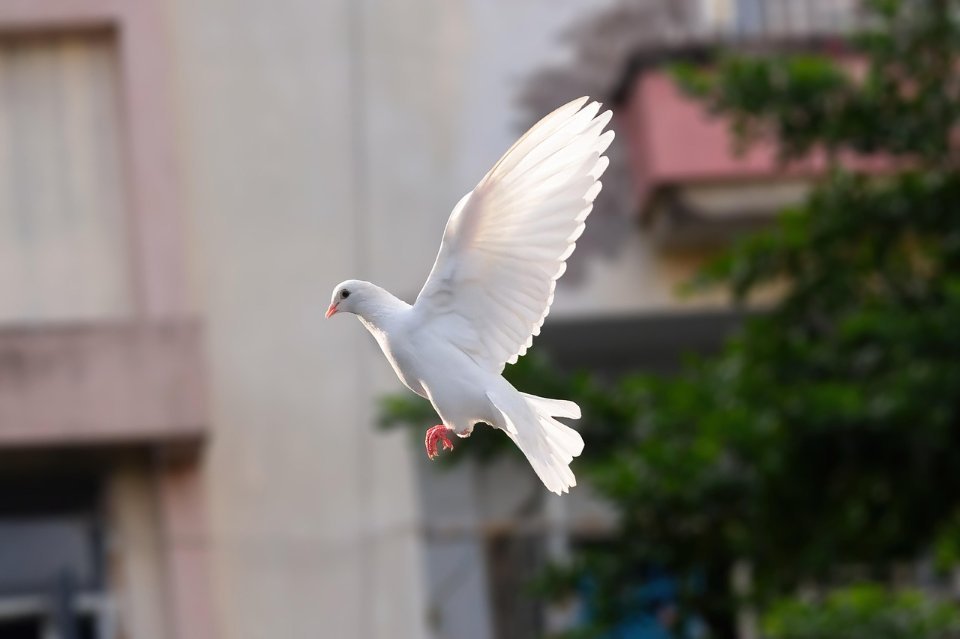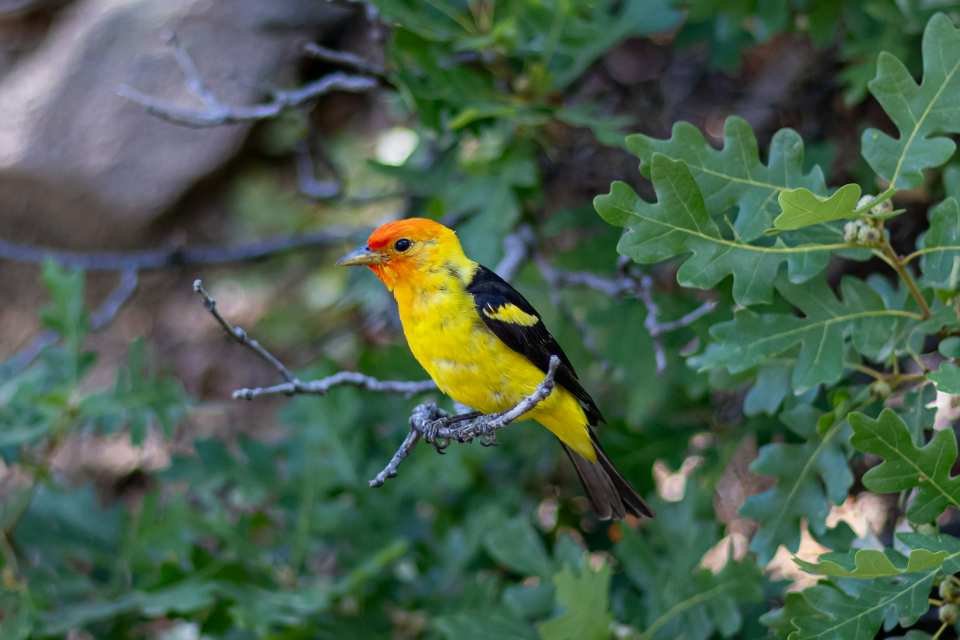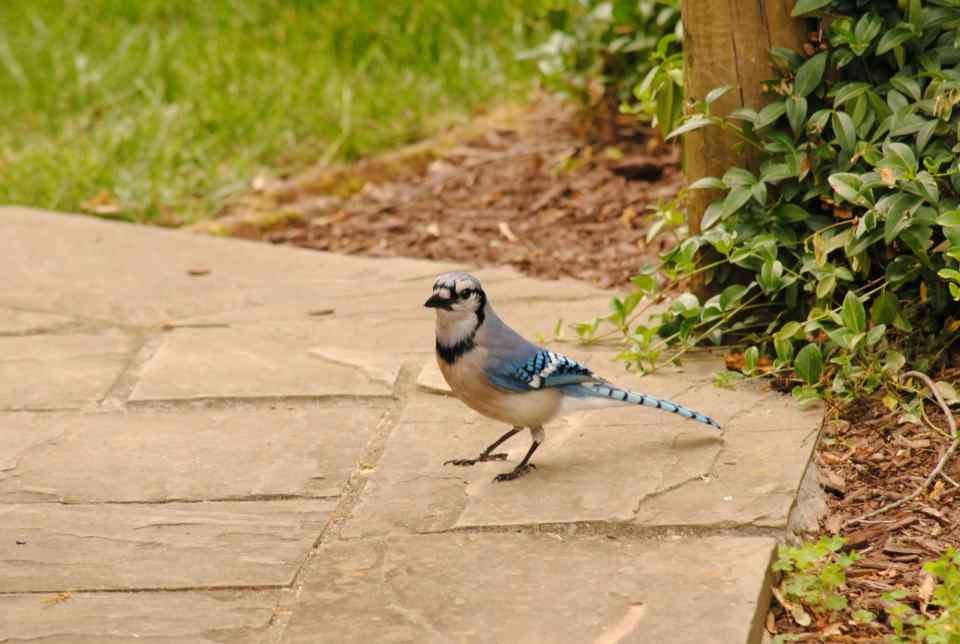Picture this: you’re sipping your morning coffee, glance out the window, and spot the most gorgeous cardinal perched perfectly in golden light. You grab your camera, and by the time you’re back, it’s gone. Sound familiar? I’ve been there more times than I care to admit, which is exactly why I figured out how to photograph garden birds and turn my backyard into a bird photography paradise.
Photographing birds in your backyard doesn’t require expensive safari gear or hours of hiking through wilderness. Your garden holds incredible photographic opportunities if you know how to work with what you’ve got. After years of trial and error (and honestly, a lot of blurry bird butts 😅), I’ve cracked the code on getting those frame-worthy shots right outside your door.
Garden Bird Photography for Beginners: Start With What You Have
Your Phone Can Capture Amazing Shots
Let me bust a myth right off the bat: you don’t need a $5,000 camera setup to get started. I took some of my favorite garden bird photos with my smartphone during my first year of serious birding. Modern phone cameras handle bird photography surprisingly well, especially when you understand their limitations.
The key is getting close to birds for photos without spooking them. Your phone’s digital zoom will create grainy images, so physical proximity matters more than fancy equipment. Start practicing basic composition and bird behavior observation with whatever camera you currently own.
According to Digital Photography School, mastering key camera settings like shutter speed, aperture, and focus mode is often more important than gear for producing sharp bird photos.
Here’s something most beginner bird photography guides skip: your phone actually has advantages over big cameras. Birds often ignore phones because they don’t look threatening, while massive telephoto lenses can send them flying immediately.
Understanding Bird Behavior Beats Expensive Gear
Want to know the real secret to great garden bird photography? Learning your subjects’ patterns matters infinitely more than having perfect equipment. I spent my first month just watching and taking notes on when different species visited, where they preferred to perch, and how they reacted to movement. If you want more ways to attract birds without a feeder, check out this guide.
Cardinals always check for predators before approaching food sources. Chickadees dart in quickly but pause predictably on the same branches. Blue jays announce their presence loudly and stay longer than most species. This behavioral knowledge transforms your success rate dramatically.
According to Audubon’s Guide to Ethical Bird Photography and Videography, respecting natural behavior not only improves your shots but also ensures the birds remain safe and unstressed.
Time of day makes a huge difference too. Early morning provides the best light and the most active bird behavior. Late afternoon offers a second peak, while midday generally produces sluggish birds hiding in shade.
Essential Camera Settings for Bird Photography
Shutter Speed: Your Most Important Setting
Forget everything else for a moment and focus on this: birds move fast, and your shutter speed needs to match. I learned this lesson the hard way after reviewing hundreds of blurry photos from my early attempts. Even “stationary” birds make tiny movements that create motion blur at slow shutter speeds.
For perched birds, I never go below 1/250th of a second. For birds in flight or active feeding, 1/500th becomes my absolute minimum. These best camera settings for bird photography might seem fast, but trust me on this one.
Your camera’s sports mode or shutter priority mode makes this simple if manual settings feel overwhelming initially. Set your desired shutter speed and let the camera handle aperture and ISO adjustments automatically.
Aperture: Balancing Sharpness and Background
Here’s where garden bird photography techniques get interesting. Wide apertures (small f-numbers like f/4 or f/5.6) create beautiful background blur that makes your subject pop from busy garden scenes. However, extremely wide apertures can leave parts of your bird out of focus.
I typically shoot between f/5.6 and f/8 for optimal sharpness while maintaining pleasant background separation. This range keeps the entire bird sharp while blurring distracting elements like fence posts or neighboring houses.
According to Photography Life’s “20 Tips for Bird Photography”, shooting at higher shutter speeds combined with apertures around f/5.6–f/8 tends to yield better sharpness and background separation.
Side note: if you’re shooting groups of birds, you’ll need narrower apertures (higher f-numbers) to keep multiple subjects in focus. The trade-off is potentially slower shutter speeds, so watch your ISO settings carefully.
Setting Up Your Garden Photography Space
Strategic Perch Placement
Creating predictable perching spots transforms random bird encounters into planned photo opportunities. I position natural-looking branches and posts about 8-10 feet from my usual shooting position inside the house.
The magic happens when you think like a bird. They want perches that offer good visibility of surroundings, quick escape routes, and proximity to food or water sources. A simple branch angled slightly toward your camera position creates natural poses that look authentic rather than staged.
Avoid perfectly horizontal perches that create boring compositions. Angled branches produce more dynamic images and accommodate different bird sizes more naturally. I replace my setup branches seasonally to match changing light conditions and garden aesthetics.
Lighting: Work With Natural Conditions
Garden photography means working with whatever light your space provides, but you can definitely optimize what you’ve got. Morning light streaming through trees creates magical rim lighting effects that make even common species look extraordinary.
I position my bird setup to take advantage of open sky backgrounds when possible. Bright, evenly lit backgrounds prevent the dark silhouettes that plague backyard bird photography. Overcast days actually provide beautifully even lighting that eliminates harsh shadows.
Avoid shooting into direct sunlight unless you’re specifically going for silhouette effects. Backlighting can work beautifully for translucent wing feathers, but it requires careful exposure compensation to avoid underexposed subjects.
Advanced Garden Bird Photography Techniques
Using Your Environment Creatively
Your garden offers unique photographic opportunities that wilderness locations can’t match. Designing a bird-friendly garden not only attracts more species but also creates natural photo opportunities. Flowers, interesting architecture, seasonal decorations, and garden structures add context and visual interest to bird portraits. To capture these moments without disturbing your subjects, using a long lens and keeping a respectful distance is key.
According to Tamron’s guide on bird photography, employing a telephoto lens with a focal length of 400mm or more allows you to maintain a good distance from the bird while capturing its beautiful features in large images.
I love capturing birds interacting with garden elements – a goldfinch on sunflower heads, a robin splashing in a garden fountain, or a woodpecker examining old fence posts. These environmental portraits tell stories that pure wildlife shots sometimes miss.
Don’t overlook weather opportunities either. Birds photographed during light rain, snow, or dramatic skies create memorable images that stand out from typical “bird on a branch” compositions. Some of my most shared photos happened during less-than-perfect weather conditions.
Mastering Focus Techniques
Modern cameras offer incredible autofocus capabilities, but bird photography still requires understanding focus modes and techniques. Single-point autofocus works best for stationary subjects, giving you precise control over exactly what the camera focuses on.
For active birds, continuous autofocus (AI Servo on Canon, AF-C on Nikon) tracks moving subjects automatically. I set my camera to focus on the bird’s eye whenever possible – sharp eyes make or break bird portraits.
Back-button focus revolutionized my bird photography success rate. This technique separates focus activation from the shutter button, preventing the camera from refocusing at the moment you’re ready to capture the perfect pose.
Attracting Better Photo Opportunities
Water Features Create Action Shots
Nothing draws birds like reliable water sources, and photographing birds at water creates dynamic action opportunities. I installed a simple recirculating fountain visible from my favorite shooting window, and the difference in bird activity was immediate.
Bathing birds provide incredible action shots – water droplets freezing in mid-air, dramatic wing positions, and genuine expressions of pure bird joy. The key is positioning your water feature where afternoon light illuminates the spray for maximum visual impact.
Shallow water works better than deep basins for most garden birds. Learn how to keep birds hydrated during summer for the best photo opportunities. I keep water depth under two inches to accommodate different species sizes while ensuring birds feel secure during vulnerable bathing moments.
Seasonal Feeding Strategies
Different seasons bring different photographic opportunities, and smart feeding strategies maximize your chances during each period. Spring migration offers the best variety as traveling birds stop to refuel in suitable habitats.
I adjust my feeding setup seasonally to attract different species. Native berry bushes draw fruit-eating birds in late summer, while seed-producing flowers attract finches and sparrows in fall. For ideas on which native plants for birds thrive in your backyard, check out this guide. Winter brings species that might otherwise avoid your garden, so consider feeding strategies in colder months to keep your backyard lively.
According to All About Birds “5 Basics of Good Bird Photography”, light quality at sunrise and sunset dramatically improves color, reduces harsh shadows, and increases bird activity.
FYI, the most photographically rewarding feeding setup places food sources slightly away from main perches. This creates natural movement patterns as birds travel between feeding and resting spots, giving you multiple shooting opportunities per visit.
Common Mistakes That Ruin Garden Bird Photos
Getting Too Close Too Fast
Patience beats proximity every single time in bird photography. I see beginners constantly creeping closer, thinking they need to fill the frame completely. This approach usually results in scared birds and no photos at all.
Start photographing from whatever distance keeps birds comfortable, then gradually work closer over multiple sessions. Building trust with your garden visitors takes time, but the payoff is birds that ignore your presence completely.
Remember that different species have different comfort zones. Chickadees might feed six feet away while hawks maintain much larger personal space requirements. Learn each species’ boundaries and respect them consistently.
Ignoring Backgrounds
Busy, distracting backgrounds plague more garden bird photos than any technical camera issue. Your beautiful subject disappears against cluttered fence lines, neighbor’s houses, or busy foliage patterns.
I scout shooting positions that provide clean background options before birds arrive. Simple sky backgrounds work wonderfully, as do large areas of evenly colored foliage. Moving just a few feet often transforms distracting backgrounds into photographic gold.
Shallow depth of field helps, but positioning matters more than aperture settings for background control. Sometimes getting lower or higher changes everything about how your background appears in the final image.
According to Tony Whitehead, eliminating cluttered backgrounds is crucial in wildlife photography to ensure the subject stands out.
Making the Most of Garden Bird Photography
Document Seasonal Changes
Your garden birds change throughout the year, creating ongoing photographic projects that keep your interest fresh. I maintain a seasonal photo journal documenting which species visit when, tracking behavior changes and molt patterns over time.
Spring brings breeding plumage at its finest, summer offers family groups with young birds, fall migration introduces unexpected visitors, and winter reveals hardy residents in survival mode. Each season deserves dedicated photography attention.
Comparing the same species across different seasons reveals fascinating changes most people never notice. Male goldfinches transform from drab winter brown to brilliant breeding yellow. Cardinals develop richer red coloration. Even common sparrows show subtle seasonal variations worth documenting.
According to Backcountry Journeys, capturing wildlife across different seasons provides unique opportunities and challenges, enhancing your photographic portfolio.
Building a Garden Bird Portfolio
Consistency in documentation creates portfolios that tell complete stories rather than random collections of bird photos. I organize my garden bird images by species, behavior, and season to track photographic progress and identify gaps worth pursuing.
Focus on quality over quantity when building your portfolio. Ten exceptional images of common garden birds beat a hundred mediocre shots of rare visitors. Master photographing your regular residents before chasing unusual species.
According to McDougall Photographic, building a wildlife photography portfolio involves selecting your best nature photos, organizing, editing, and presenting them professionally.
Sharing Your Garden Bird Photography
Social media and photography communities offer incredible opportunities to share your garden bird photography while learning from others. I’ve discovered new techniques, identified mysterious visitors, and connected with local birding communities through online photo sharing.
IMO, garden bird photography deserves more recognition in wildlife photography circles. Your backyard work develops skills that translate directly to more exotic locations while providing ongoing subjects for constant practice and improvement.
Taking Your Garden Bird Photography Forward
Garden bird photography offers the perfect combination of accessibility, challenge, and reward that keeps photographers engaged long-term. You develop technical skills, learn animal behavior, and create beautiful images without traveling beyond your back door.
Start with whatever equipment you currently own, focus on learning bird behavior patterns, and gradually improve your setup based on what you discover works in your specific garden environment. The best garden bird photographers I know started exactly where you are now, with curiosity and persistence being their most valuable tools.
Remember that amazing garden bird photography happens through consistency and patience rather than perfect timing and expensive equipment. Your garden visitors will reward your dedication with increasingly trusting behavior and better photographic opportunities 🙂 Now grab your camera and see what stories your feathered neighbors are ready to share!
